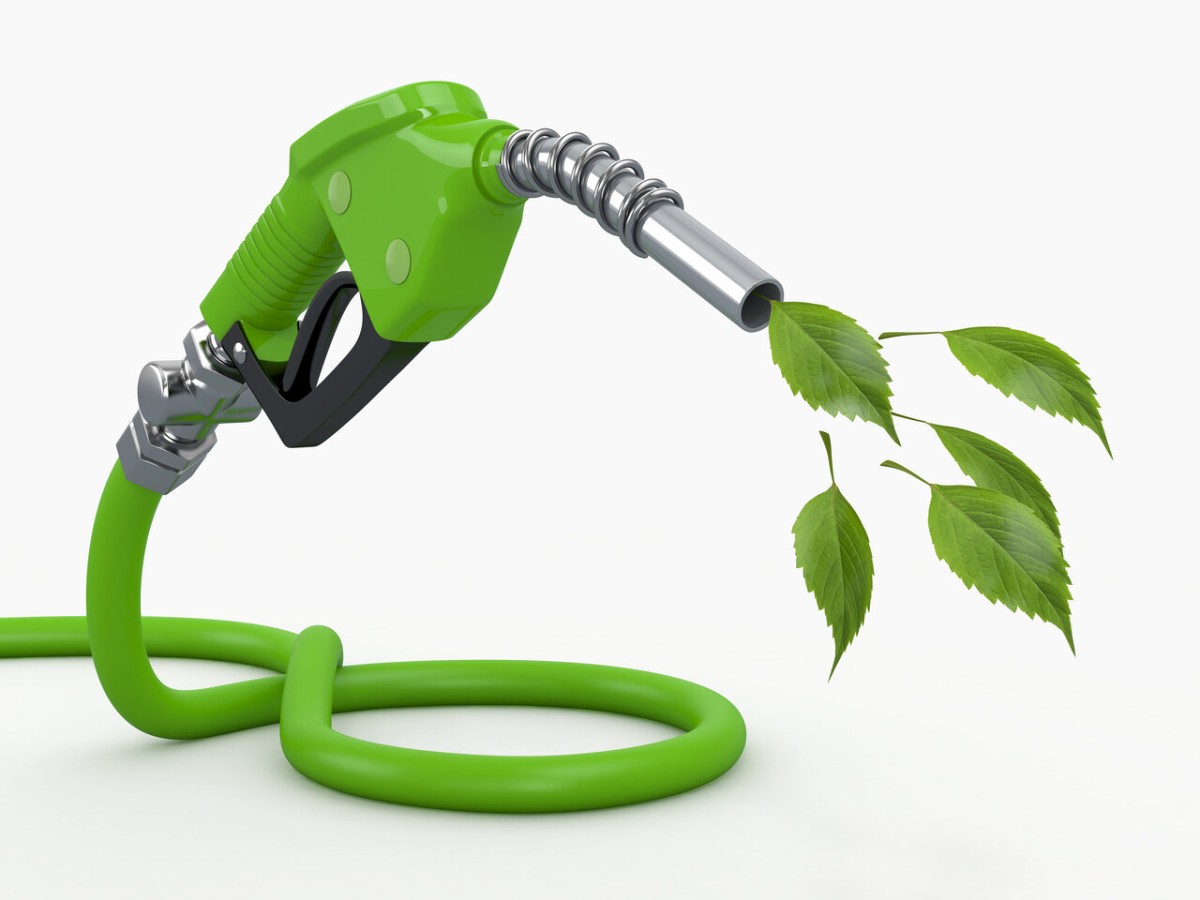Share This
Related Posts
Tags
Fuel for Thought
By Joel Nelson on Nov 21, 2022 in News
Amid spiking gasoline prices and concerns over global warming, are cleaner fuel sources available?
Yes, says HotCars, a Canadian information source for the car, pickup truck and motorcycle industries: “The number of alternative fuels out there is surprising, and it speaks volumes to the innovation of people the world over. Some of them may even become mainstream in the future.”

Here’s a rundown of some alternative fuels in production or development:
Hydrogen
Hydrogen fuel can be used in both hydrogen fuel cells and in internal combustion engines. It’s a zero-carbon emissions fuel if the process that creates the hydrogen is also zero carbon, such as wind or solar.
A hydrogen fuel cell electric vehicle uses a fuel cell instead of a battery to power a car. It can be extracted from a variety of sources. Their driving range is similar to internal combustion engines.
Eighteen thousand fuel cell electric vehicles had been leased or sold by the end of 2019, with those cars traveling an average range of between 314 and 380 miles between refuelings, according to British engineering, materials and joining technologies advocacy organization TWI.
“To be a truly viable option, many of the challenges around hydrogen storage, transport and extraction will need to be addressed,” TWI says. Also, a hydrogen refueling infrastructure doesn’t exist in most of the country.
But, says the Environmental and Energy Study Institute, a Washington, D.C.-based nonprofit that promotes sustainable practices, “the higher cost of hydrogen on an energy equivalent basis is outweighed by the greatly increased efficiency of the electric drive system relative to the internal combustion engine.”
Propane
Propane vehicles operate much like gasoline vehicles with spark-ignited internal combustion engines. The fuel is commonly used in vehicles such as forklifts, skid steers, transit buses and recreational vehicles. Propane is considered the least expensive alternative fuel on the market and its higher octane rating means it burns cleaner than gasoline fuels.
One drawback is a lack of fueling stations throughout the country. Also, the range of propane-powered vehicles can be shorter than that of gasoline vehicles, due to the lower BTU value of the fuel.
Biofuel
Biofuel is a solid, liquid or gaseous fuel derived from biomass such as plants, algae or animal waste. Several companies are working to develop second-generation biofuels made from non-food feedstocks like municipal waste, perennial grasses, and wood chips. Biofuels are a widely used source of clean, renewable transportation energy.
Disadvantages of biofuels include high production costs, their reliance on food crops and high levels of water and oil expended during production.
Biodiesel
Biodiesel, used in diesel engines, is created by the chemical conversion of bio sources such as vegetable oil or animal fat. It comes from plants such as sunflowers, corn, olives, palms, coconuts and soybeans. Biodiesel produces low emissions by burning more cleanly and efficiently than petroleum diesel.
However, variations in the amount of vegetable oil in the various crops it draws from can result in uneven power production. Biodiesel also gels in colder weather (unless blended with winterized diesel fuel), it’s harmful to rubber hoses in some engines and it’s about 150% as expensive as petroleum.
Ethanol
Ethanol is a common source of alternative fuel and is the same type of alcohol found in beverages. It’s often mixed with normal fuel to create a 10% mix of ethanol. Most cars can run on a 10% mix of ethanol, while other can run 100% on ethanol.
Issues with this source of fuel include the acreage needed to grow the source corn, sugarcane and gains, the amount of fossil fuels needed in the distillation process, and the possibility that farmers might abandon food crops for ethanol production, which could increase food prices.
Natural gas
Natural gas used as a transportation fuel emits up to 25% less carbon per unit energy than conventional gasoline. It’s used in many transit buses, short-haul commercial trucks and other vehicle fleets. It accounts for 36% of the EU;s energy consumption and more than 25% of the U.S.’s energy consumption, according to MET Group, an integrated European energy company based in Switzerland,
Although less expensive and cleaner burning than other fossil fuels, natural gas is a non-renewable energy source, it’s expensive to store and there’s danger associated with its extreme flammability. Its use in passenger vehicles is hindered by the added space needed for fuel storage and the limited availability of retail fueling stations.
Direct solar
Dutch EV startup Lightyear announced in June the final production-ready design of its Lightyear 0 solar car equipped with 54 square feet of double-curved solar arrays, with deliveries expected in the fall. The company has promised a range of 450 miles on a single charge.
Although a proven renewable energy source, accommodating the large surface area required for solar panels pose challenges for passenger volume, wind resistance, safety features, chassis strength and other aspects of car design.
Efuels
Electricity-based fuels, or efuels, are produced from renewable, green hydrogen and carbon dioxide taken from the atmosphere. Efuels represent an option for aircraft, ships as well as heavy and light road vehicles.
In 2020, Porsche invested about $24 million in a pilot plant operated by carbon neutral fuel producer HIF of Chile, which describes its efuels as carbon neutral because their combustion releases the same carbon dioxide that was captured in the manufacturing process.
But producing efuel is very energy intensive, making it more expensive than gasoline. One liter of diesel equivalent efuel costs nearly $6 before taxes, the UK’s Royal Society scientific institute said in 2019.
Read more about alternative fuel options.
